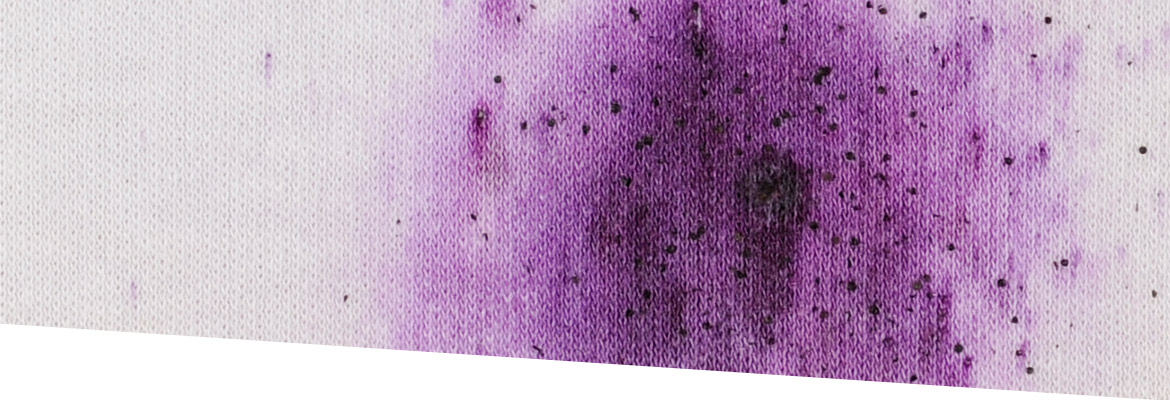

Gunshot Residue
In a shooting case there are two types of gunshot residue that occur during the discharge of a firearm. The circumstances and the evidence will dictate if either or both types should be tested.
Primer gunshot residue (pGSR) is comprised of fused particles of the elements lead, barium and antimony. The identification of pGSR can only associate a subject with a firearm. Analysis for pGSR is typically conducted by scanning electron microscopy coupled with energy dispersive spectroscopy (SEM/EDS)
Powder gunshot residue is pattern evidence that originates from the muzzle of a firearm and is deposited on the target. This residue pattern can be comprised of un-burnt and partially burnt gun powder, particulate metals and nitrites. Pattern comparison and chemical testing can assist in determining muzzle to target distance. Evidence typically includes clothing and photographs of gunshot wounds. This type of examination is commonly referred to as Range of Shooting Distance Determination or Proximity Testing.
FoCoSS Forensics can perform scientific examinations in this area or we can review cases involving this type of examination and the reported opinions based on the results.

 Professional Services
Professional Services Training Division
Training Division About Us
About Us Contact
Contact